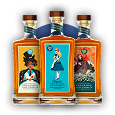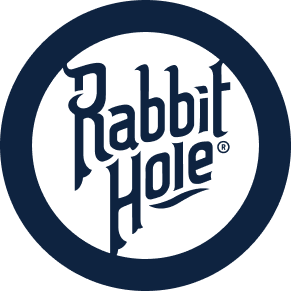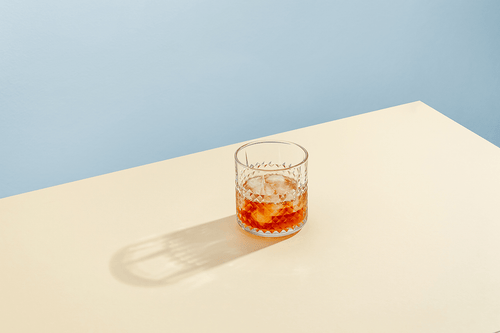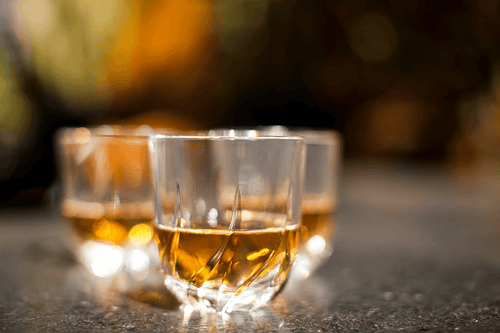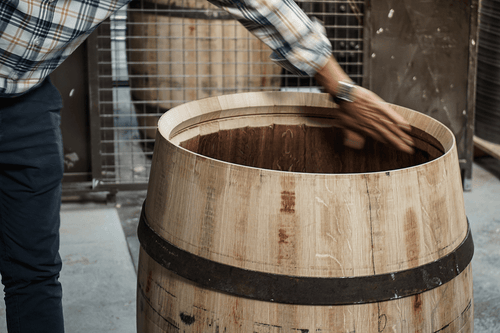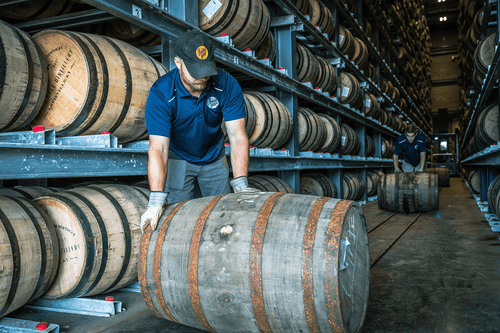Bourbon vs Whiskey: Key Differences
BOURBON VS WHISKEY
DIFFERENCES EXPLAINED
Though bourbon is a type of whiskey, there are specific criteria it has to meet to qualify as bourbon, and these contribute to the unique characteristics of the drink. Aside from the grain compositions, several other key characteristics separate bourbon from other types of whiskey...

Whiskey-distilling traditions exist in several countries around the world, so it's no surprise that the term "whiskey" often means different things depending on the spirit's origin, recipe, and process. In contrast, a bourbon-distilling tradition really exists only in a single country — the United States. There is, of course, quite a technical reason for that, and there are other points of difference between these spirit products.
What Is Whiskey?
Definitions provide a good starting point for separating bourbon from whiskey. Whiskey (or whisky) is a dark, distilled spirit made from fermented grains, typically corn, wheat, rye, and barley. The name "whiskey" is derived from the Celtic word "usquebaugh," which means "water of life." After distillation, the spirit ages in wooden barrels for a particular number of years. By the end of the aging process, the final product generally has an alcohol content of at least 40% alcohol by volume (ABV).
In terms of places of origin, there are five main categories of whiskey, each with its own general characteristics:
- Scotch whisky.
- Irish whiskey.
- Canadian whisky.
- Japanese whisky.
- American whiskey.
About that last category — though it's possible to define the American product by certain general characteristics, there are several distinct subcategories of American whiskey. There's wheat whiskey, rye whiskey, and Tennessee whiskey. And there's also bourbon whiskey.
What Is Bourbon?
Bourbon is a particular type of American whiskey that must adhere to specific rules enforced by U.S. law. By definition, it has to contain at least 51% corn in its mash bill — the combination of grains that go into its recipe. Many bourbons far exceed that proportion, commonly containing anywhere between 70% and 90% corn in their composition. Generally speaking, the larger the corn composition, the sweeter the bourbon.
The remainder of the mash bill consists of smaller grains such as rye, malted barley, and wheat. The use and the specific proportion of each grain, which depend on the distiller, influence the overall taste of the bourbon. Rye often adds a peppery kick, barley lends a nuttiness, and wheat helps to smooth the bourbon and adds another layer of sweetness.
Key Differences Between Bourbon vs. Whiskey
Though bourbon is a type of whiskey, there are specific criteria it has to meet to qualify as bourbon, and these contribute to the unique characteristics of the drink. Aside from the grain compositions, several other key characteristics separate bourbon from other types of whiskey:
Origin
The production of bourbon is closely associated with the state of Kentucky, the liquor's birthplace, but it can legally take place anywhere in the United States. However, by definition, bourbon can only be made in the U.S. A distiller in another country can use the same mash bill as bourbon and follow the same process, but it can't call the final product a bourbon.
In contrast, whiskey refers to various distilled alcoholic beverages across the world. Regardless of its place of origin, a distiller can produce a whiskey as long as it uses grains and ages the spirit in wooden barrels.
Aging Process
One regulatory aspect of bourbon relates to its aging. To be considered bourbon, the spirit has to be aged in new, charred barrels made of American white oak. The use of new barrels prevents any previously stored spirit from influencing the character of the bourbon. It's from this aging practice that bourbon gains its dark amber color and caramel, vanilla, and woody notes. There's no specification regarding the length of the aging period for bourbon in general, but specific types of bourbon do have aging requirements. Straight bourbon, for example, must be aged for a minimum of two years.
Broadly speaking, other whiskeys don't have to follow any such regulations concerning barrels. Scotch producers, for example, can use either new or used barrels to age their product. In fact, it's not uncommon for scotch to age in casks previously used for bourbon. Port and sherry casks are also common choices. Aging in used barrels has the effect of imparting the characteristics of the previously stored spirit onto the whiskey.
Storage
As bourbon ages, the barrels lie on their side in structures called ricks, which usually stack barrels three levels high and allow air to circulate on all sides. The storage facility itself is usually free of any climate control, so the spirit is susceptible to drastic changes in temperature. It's believed that these conditions allow the bourbon to interact with the wood more robustly. The barrel placement also affects the speed of maturation. Lower barrels experience less temperature fluctuation, so they age slower. Higher ones get the most temperature variation and mature faster.
Other types of whiskey may undergo different storage conditions. Some barrels stand vertically on the floor. Others get stacked on pallets. It's also common for other whiskeys to age in fairly regulated temperatures.
Alcohol Content
The laws relating to bourbon also govern the alcohol content at different stages of the process. At distillation, the ABV can't exceed 80%, which is 160 proof. When bourbon enters the barrel, its alcohol content can't exceed 62.5% ABV, or 125 proof. Then, at bottling, it must be at least 40% ABV, or 80 proof.
Other whiskeys, too, must adhere to regulations concerning minimum bottling strength. However, there are usually no rules concerning the strength of the distillate.
Taste
The strict criteria that bourbon producers must follow result in a distinctive flavor profile. In general, bourbon has a sweet characteristic, with various complex notes arising from the distiller's specific mash bill and other variables in the distillation and aging process. On the nose and the palate, you may notice hints of oak, caramel, vanilla, and maybe a touch of black pepper, spice, or cocoa, too.
Other whiskeys bring you different, more varied sets of flavors. Irish whiskey, for instance, commonly has light floral notes on top of vanilla, while scotch often brings smoke and seaside flavors like brine and seaweed. Japanese whisky is often less peaty and more mellow. Even Tennessee whiskey, considered similar in general profile to bourbon, provides a different flavor and experience, owing largely to the Lincoln County Process.
All bourbons are whiskey. Only some whiskeys are bourbon. Regardless of the whiskey in question, though, it's usually nice to have some variety. The next time you drop in at the store, keep in mind what you've learned here to help you choose the bottle (or bottles) of whiskey best suited to your tastes.














